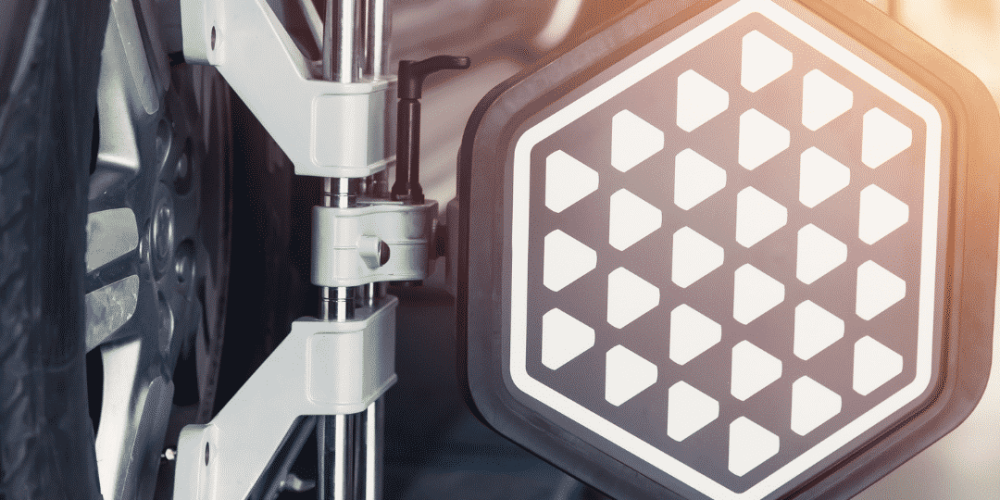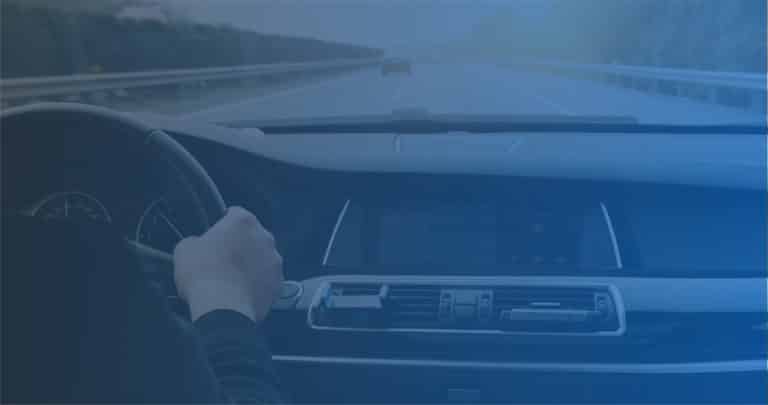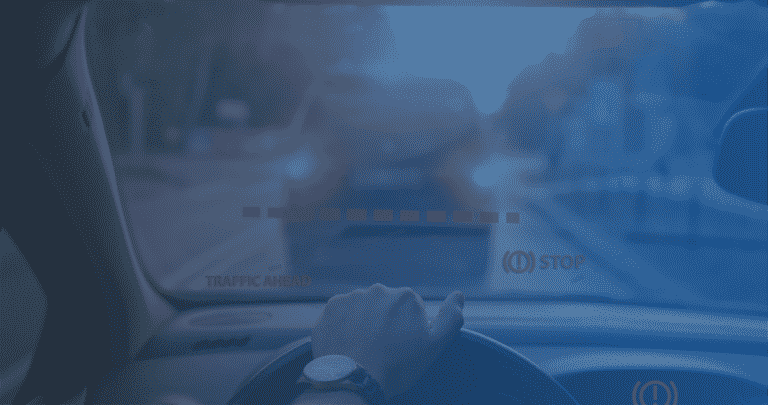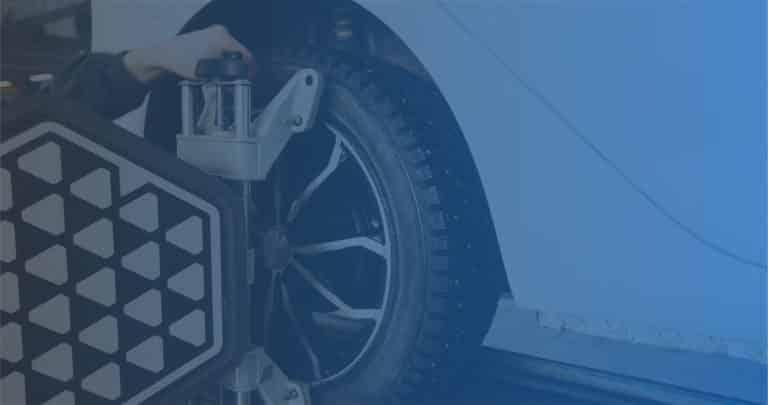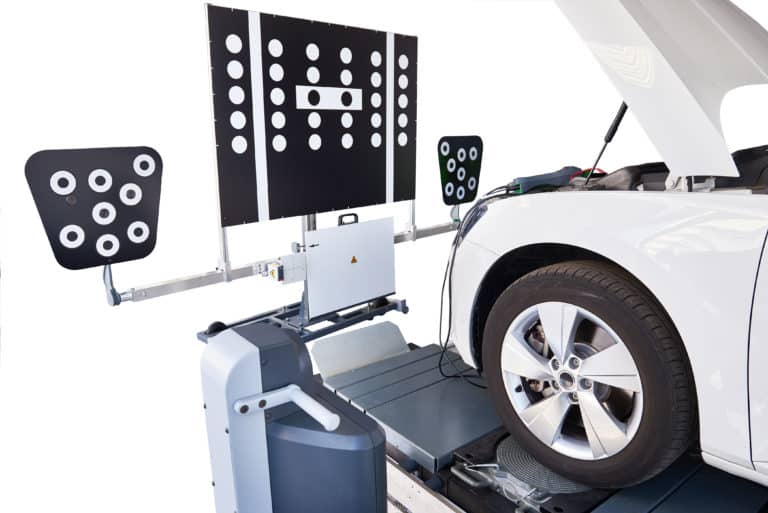If you’re just starting your research into adding ADAS (Advanced Driver Assistance System) calibration to your business, then this article is for you. In it, we’ll discuss the basic ADAS calibration requirements for space, lighting, and more. Keep in mind that these requirements may vary depending on your business model and the type of sensor calibration you plan to offer. But this will give you a good starting point as you begin planning for your new business venture.
Is ADAS calibration necessary for my business?
Before we get into the requirements for ADAS sensor calibration, it’s important to ask the question: is ADAS calibration necessary? The answer is yes — ADAS calibration is vital to the proper functioning of a vehicle’s advanced driver assistance systems, like forward collision warning and automatic emergency braking.
Therefore, when looking into owning and operating your own calibration service, it’s crucial to consider ADAS calibration requirements and the precision your shop will need to maintain.
ADAS sensors are very precisely aimed and require recalibration if they are repositioned in any way. Collisions are one of the most common causes of misaimed sensors. Even a minor fender bender might knock an ADAS sensor out of alignment. Additionally, calibration may also be required because of routine car repair procedures such as windshield replacement, suspension repair, or wheel alignment.
Thus, it’s important your calibrations service space is designed in a way that allows for easy sensor access and adjustment.
Space Requirements: How much space is needed for ADAS calibration?
You know you want to integrate ADAS calibration equipment and services into your business, but do you have the right space for the job?
As with any automotive space, you’ll need to have adequate room to work on vehicles. If you cannot dedicate an entire garage or shop, you may want to consider renting some extra space for the job.
The amount of space you’ll need will vary depending on the type of equipment you use, but it’s generally a good idea to have a space of at least 30 feet x 50 feet. That said, if you’re working with large vehicles or trailers, you may need more space than that.
Providing adequate calibration space is easier said than done. Approximately 80% of collision repair facilities don’t have enough space available for proper calibrations.
Moreover, the space will require a level floor or integrated alignment rack, good (uniform and adjustable) lighting, and a power supply, as well as enough storage space for all calibration equipment.
Lighting Requirements: What is the recommended lighting control for ADAS?
Just as important as the space you have is the type of lighting you use. Poor lighting can lead to inaccurate calibration or recalibration, so it’s important your calibration space has adequate illumination. Ideally, your area should have high-quality LED lighting that’s free from flickers and shadows. This will help you achieve accurate results during sensor calibration.
If you’re working in a space with limited lighting, you’ll need to use a light control system that can be set to the appropriate level for your calibration service. It is also crucial to ensure the entire workspace has uniform, diffused lighting. Otherwise, minor elements such as shadows, refractions, or even garage doors could confuse the sensor.
Recommended lighting tips include:
- Adjustable lighting – Seasonality, weather, and time are all factors that influence the way calibration should be done. Having adjustable lighting will help you to account for all these variables and get the most accurate results possible.
- Lighting position – windshield mounted camera calibrations can be sensitive to lighting directly above the camera or hood.
- Light curtains or shades – If you have windows in your workspace, it’s important to use light curtains or shields to minimize glare and reflections. This will help keep the lighting consistent and prevent outside variables from affecting your work.
- A light meter to ensure all points in the shop have a consistent luminance reading.
Flooring Requirements: What is the best flooring for an ADAS calibration center?
Your calibration center’s flooring is another important consideration. The best type of flooring for this purpose will be durable, easy to clean, and resistant to damage. It’s also a good idea to have a non-slip surface.
Popular types of flooring are concrete, epoxy resin, and vinyl. All these materials must be low-gloss/non-reflective and are durable and easy to clean, making them ideal for this type of environment.
Equally important is that every vehicle is on a flat level surface. Many OE manufacturers require floor level within +/- 10mm. This ensures measurements and calibrations are done accurately. If you’re not able to achieve a level surface, you may need to consider purchasing an integrated alignment rack.
Power Requirements: What type of power is needed for ADAS calibration?
To run your sensor equipment, you’ll need access to a reliable and stable power supply. This usually means having an outlet near the calibration area that can provide a consistent flow of electricity when working on a vehicle.
It’s also important to have an uninterrupted power supply, especially if you’re using equipment that requires a lot of power. This will help ensure your calibrations are not interrupted by any sudden outages or brownouts.
If you don’t have access to a dedicated outlet, you may need to consider purchasing a power generator. This will ensure you have a reliable source of power for your calibration.
Sunlight, Reflective Surfaces, and Other Facility Requirements
You’ll also want to consider any other environmental factors that might affect your calibration. For example, if your calibration area is in direct sunlight, you’ll need to make sure the sun doesn’t interfere with the sensors’ readings.
Minimizing Reflective Surfaces
Similarly, if there are reflective surfaces in the workspace (such as windows or mirrors), you’ll need to take steps to minimize their impact on the calibration. This might mean using shades to block the reflections or positioning the equipment in a way that avoids them altogether. This includes metal building support posts, metal staircases, tool boxes/ tool benches, and even wall-mounted fire extinguishers.
Ventilation
Additionally, you’ll need to make sure the area is properly ventilated. This is especially important if you’re moving vehicles, or using chemicals or other fumes in your work. Poor ventilation can lead to health and safety hazards, so it’s important to take steps to prevent this from happening.
Environmental Factors
Other environmental factors you’ll need to consider include temperature and humidity levels. Make sure the calibration area is comfortable for both operators and equipment and try to maintain consistent temperature levels throughout the workspace.
Wall Coating
Take into account the color of the walls in your work area. Ideally, you’ll want a light-colored wall that won’t interfere with the calibrations. A dark or reflective wall can cause inaccurate readings on auto glass or cameras, so it’s best to avoid them altogether. Wall paint should be low gloss and match the color of the floor.
Internet Access
One of the most important things to account for is internet access. This is necessary for downloading updates and software patches, as well as for accessing calibration procedure information and data online. If you don’t have access to the internet, you’ll need to consider purchasing a wireless hotspot or router.
In short, there are a number of things to consider when setting up your ADAS calibration center.
Not sure how ADAS calibrations will work for your business? Car ADAS Solutions can help.
As modern vehicles become more advanced, the need for advanced safety features and accurate ADAS calibration becomes increasingly important. By following the tips in this article, you can be sure your calibration is done in a safe and effective environment.
If you’re not sure how ADAS technology will work for your business, our team at Car ADAS Solutions can help. We are a training and consulting firm, specialized in the certification, implementation, and support of start-up ADAS Calibration Centers.
We provide a turn-key solution to opening your own ADAS Calibration Center.
We’ll assist you in opening and operating your own ADAS calibration facilities, including site certification! Contact us to learn about our ADAS calibration solutions today.
Related Articles:

